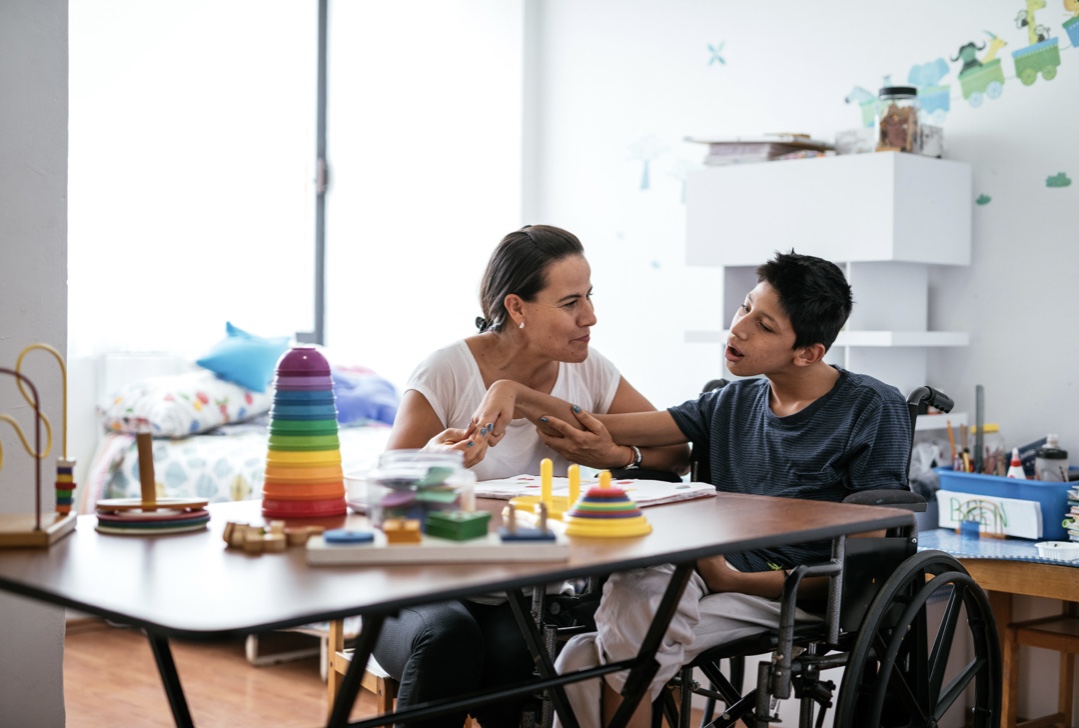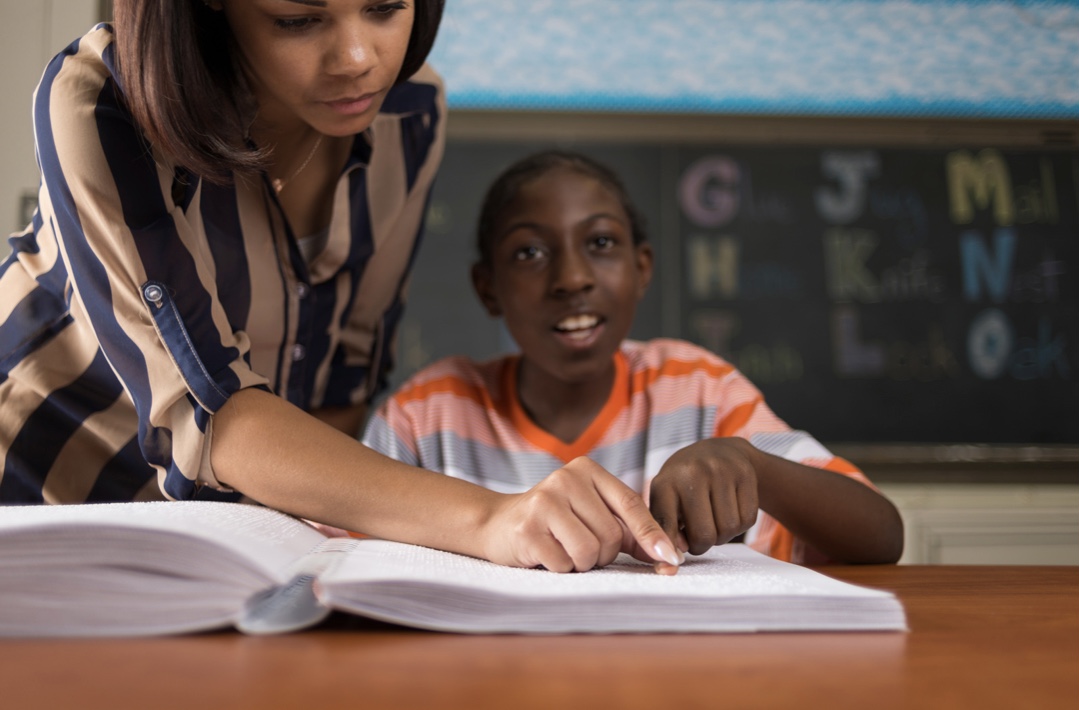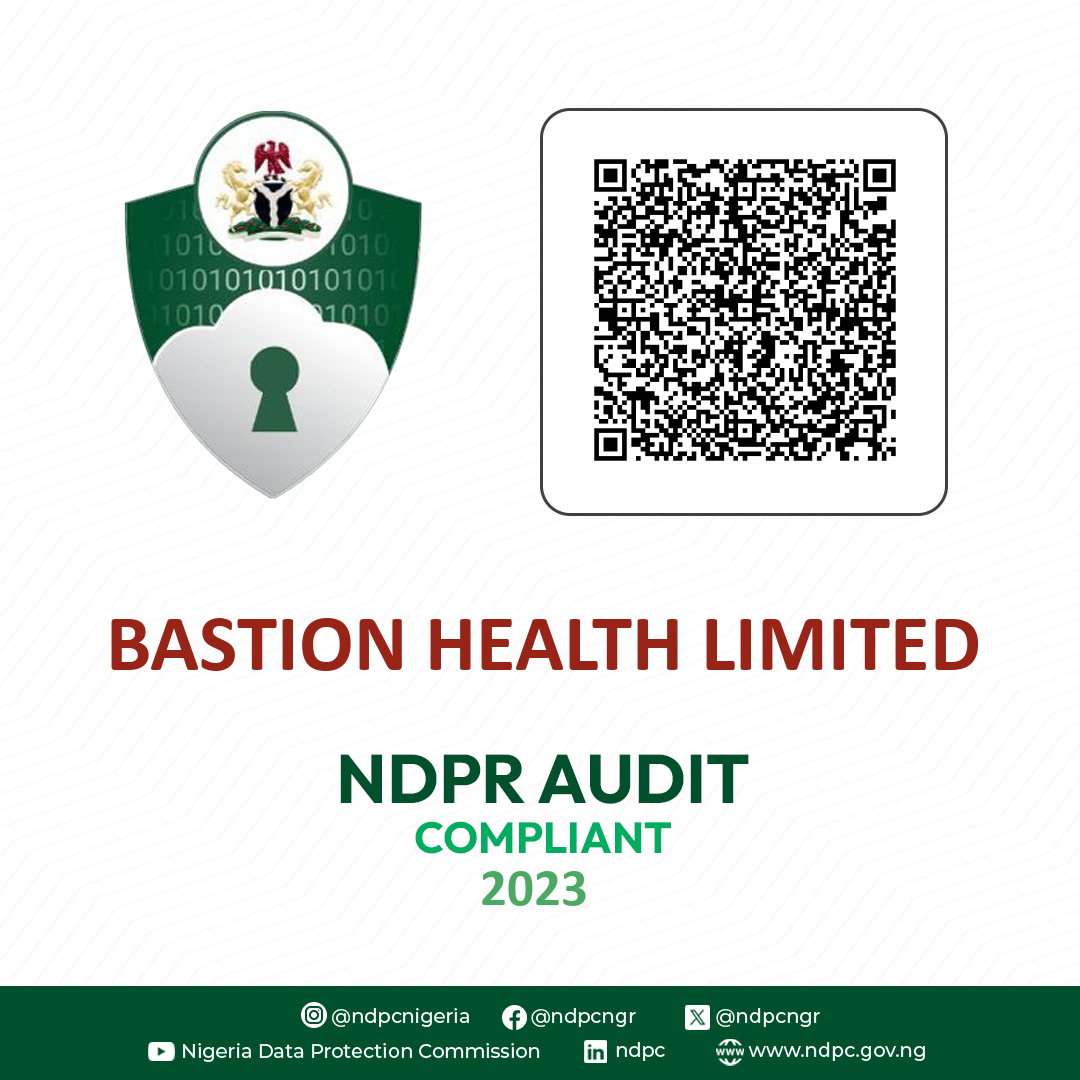Coming to terms with the fact that your child has a learning disability can be hard. Additionally, it prompts the question of how to help them. As a parent/caregiver, you might take this to mean looking for a cure or ways to minimize the appearance of the disorder.
But this is a wrong approach, helping your child means providing them with the tools to help them excel in traditional settings using specialized strategies.

Some techniques to use include:
Learn, learn, learn
The doctor or therapist will always know more about your child’s learning disability but don’t rely on them completely for all relevant information. Learn about the basics of the disorder, read research reports, and stay updated on new breakthroughs in the area of learning disabilities. Keep up with teaching strategies, coping skills, and learning techniques that may be helpful to your child. Your child will spend most of their time with you, ensure you can help them when needed.
Identify their unique learning style
With or without a learning disability, every person has their own learning pattern. Some people are audio learners – they understand things they hear better than things they read. Others are visual learners – they learn best by reading, drawing or observing – while some are kinesthetic learners – they learn best by doing, exploring, and creating. Identifying your child’s learning style is a great way to ensure that they are actually learning by using this style of teaching at home and in school.

Be your child’s advocate
Your child’s school may have systems and programs to help children with learning disorders but if not, you will have to advocate for your child so they can access the help they need. Be proactive, take steps to ensure that your child is not overlooked, wrongfully punished, or mistreated by their teachers.
Set achievable goals for them
If you burden your child with heavy expectations, they might crumble under the pressure. Take note of what they can achieve independently and with assistance and use this to guide the goals you set for them. Start from basic tasks and gradually move up to more complex tasks with decreasing levels of assistance.
Make sure to use measurable or specific terms. Instead of saying, ‘I expect you to do well today,’ try ‘I want you to try to get all your spellings correct today.’
Use demonstrations
Language and contextual terminology can be confusing for children with learning disabilities. For instance, the word “letter” refers to a piece of paper containing information sent in envelopes, at the same time, it refers to the individual pieces of the alphabet. Teachers, parents, and other people in the child’s life should explain how the meanings of words may change in different settings, especially when giving instructions to the child.
Other areas to be conscious of includes: words denoting space and time (between, after, before), adjectives (under, between, over, on, in, around), and abstract concepts such as honesty, good, bad, embarrassment, anger, etcetera. Take steps to demonstrate these concepts such as placing shoes under the bed while teaching about adjectives or placing the child between two people to explain the word between or that embarrassment is felt when a person falls down in public or stutters in front of the class.

CONCLUSION
Your child needs support and understanding from you. It can be tempting to try to cushion all the hard parts of this journey for them but try to strike a balance. Understand what they can perform independently and identify the areas where they might need more help. Remember that their needs and expectations will change as they go along, remain a support system by providing the encouragement and positive reinforcement they need.









